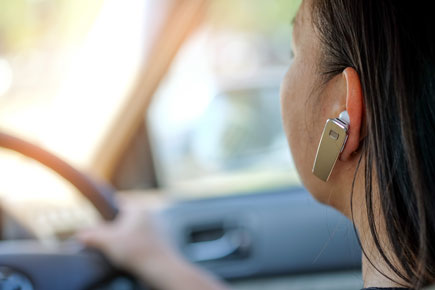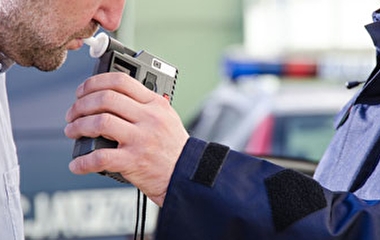On August 1, the hands-free bill passed this spring became law in the state of Minnesota. According to the Department of Public Safety, the new law allows drivers to use their cell phones to make calls, text, listen to music or podcasts, and get directions, but only by voice commands or single-touch activation without holding the phone.
Nichole Morris, CTS Scholar and director of the HumanFIRST Laboratory at the U of M, shares her thoughts on what it means to go hands-free and how it can help reduce distracted driving.
What does it mean to drive hands-free?
Hands-free is a general term to describe interacting with your phone while driving that does not involve holding or manually interacting with the phone for purposes of dialing, talking, or any other type of input or engagement.
Depending on the combination of the driver’s phone and vehicle, the hands-free phone use could be through the vehicle’s onboard features (e.g., microphones, speech recognition software, speakers, and steering wheel buttons) or through aftermarket products (e.g., headsets or Bluetooth adapters). All of these features may help to reduce, but not completely eliminate, the amount of physical and visual engagement drivers have with their phones while driving.
How does going hands-free help decrease distracted driving?
Drivers should always treat the primary task of driving as one that demands all of their mind, eyes, and hands. If you must use your phone while driving, hands-free driving is safer than manually interacting with your phone. This is because tasks that involve taking your eyes and hands away from driving increases crash risk and can have fatal consequences.
Studies have linked some of the largest crash risks to tasks like texting while driving or reaching in the vehicle while driving. In contrast, tasks like simply talking on the phone (not including dialing) or conversing with passengers are considered less risky tasks. Drivers can use one-button push, hands-free technology to limit the amount of time they may look away from the road at their phones and limit dangerous reaching to grab their phone in the vehicle.
Using voice-activated texting, which is allowed under the new hands-free law, frequently requires visual verification and corrections of what had been said to the phone—which is still a dangerous activity. I encourage drivers to go “old school” and talk to their friends and family through Bluetooth or onboard features while driving instead of voice-activated texting.
How can individuals further decrease their distracted habits while driving?
We tend to hear discussions about distracted driving and texting while driving as interchangeable terms, but distracted driving includes a wide variety of behaviors such as eating, grooming, and daydreaming.
Although reaching for an object that has fallen to the floor may seem innocuous, it can take your eyes and hands away from driving for long enough that you may wind up in a fatal collision or run-off-the-road crash. Pull over to retrieve any objects that you cannot reach without looking or moving your torso.
Passengers can also impose a distraction to drivers. Drivers should firmly let passengers know when they are feeling stressed or overwhelmed with their driving environment and that they need silence to focus. Due to the pronounced risks, I encourage parents to prohibit their teen drivers from having any teen passengers in their vehicle for the first year of independent driving, longer than what is required by Minnesota’s teen driver laws.
Daydreaming or getting lost in thought may be one of the hardest distracted behaviors to control. I encourage drivers to be more engaged in scanning their environment to help keep their mind busy and fully focused on driving. I like to count the number of pedestrians and bicyclists I see in my commute to help be sure I’m always looking for them and quiet the part of my brain that gets antsy for other things to do.




